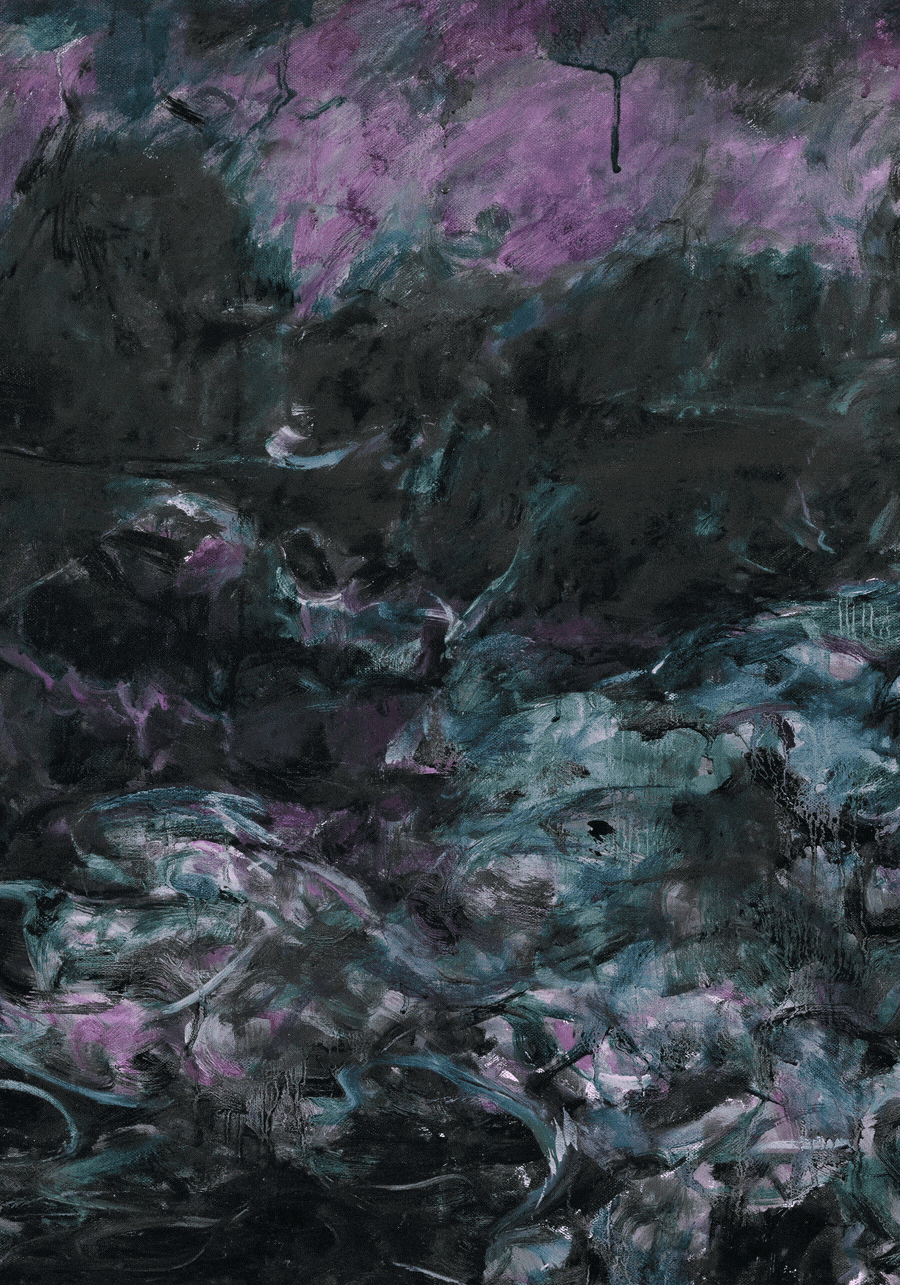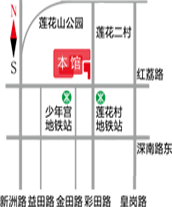
- Gone With The Mind:Works By Lu Shan
-

Click to view Organizer
Shenzhen Guanshanyue Art Museum, Xizang Art Museum
Exhibition Time
March 1st to March 30th, 2025
Venue
Shenzhen Guanshanyue Art Museum
Producer
Chen Junyu, Laba Ciren
Curator
Shang Hui
Curatorial Execution
Wang Juan, Peng Baoyu
Administrative Coordination: Wang Jian, Chen Qizhong
Exhibition coordinator: Cheng Ping, Zhou Yi, Cao Yujie
Digital Coordination: Xiao Zhuqing, Li Ziyue, Lin Xizhe
Promotion coordinator: Liu Le, He Xiang, Luo Xi, Qiu Xueyi
Visual planner: Zhu Li
Video Planning: ANIU
Video creative production: JOSH
Collaboration on digital works: Yellow Wasabi
Floral Design: Cai Zixin
Thanks: Jibenggang Art Center, Kawajian Tibetan Carpet Factory
Shang Hui
Director of the Art Theory Committee of the China Artists Association
Director and doctoral supervisor of the China Evaluation Association
Lu Shan is my friend. Although I haven't had much contact with her, her bright black eyes, like Gu
Cheng's poem describing black eyes, left a deep impression on me.
She told me that she was secretly drawing, looking very unconfident. But she occasionally mustered
up the courage to post pictures of my work, which surprised me. Because her paintings are completely
devoid of vulgarity, they are all about facing the loneliness and sadness that she has drawn for herself.
The painting is not concrete, or in other words, there is no need to depict it, but rather presents the
lonely pain and enjoyment directly there, without decoration or concealment. Based on the visuals, I
understood her thoughts, and she completely withdrew from the real world and entered her own
spiritual realm.
My interpretation of her image was later confirmed in my conversation with her. The passing of her
loved ones made her, who was already obsessed with pure spirit, even more vulnerable. She can only
consume sadness and soothe pain when facing the canvas.
Her images are inseparable from black, just like her meditation on another world created by the
darkness of night; Her images are also filled with pink and deep red, just like all women's sensitivity
and anxiety towards their menstrual cycle; Her screen is also filled with blue, the pure and clear color
of Klein blue, as if it can instantly calm and stabilize restless emotions.
Her paintings are always in a state of turbulence, transcending reality through the flickering of light,
oblique lines of sight, and spiral patterns, just like post Renaissance stylism and Baroque art in Europe.
Her images are devoid of horizontal lines and vertical lines, and the world is always filled with twists,
setbacks, and embarrassment in her eyes. Her worldview evolved into the brushstrokes on the screen
being arbitrary and destructive, and the coverage of brush colors creating an abnormal uncertainty.
Her paintings evoke the brushwork of Kokoschka (Oskar), and the depiction and coverage create a
expressive sense of power.
Any abstract painting has graphics, and graphics are often associated with symbols of an object.
Lu Shan's paintings may appear abstract, but in reality, the symbol system of objects constitutes her
world of painting. Not to mention her self referential "Blackbird Series", she uses eight styles of
freehand brushwork to depict the black bird that breaks free from constraints but is often restrained.
The painting uses the theme of "folding wings" as a metaphor for the spiritual situation of fate in
reality. As for her paintings of "twisted branches," "beaches," "bonfires," "ponds," and "jungles,"
most of these landscapes or objects come from the visual markers of her experiences. The reason
why she constantly depicts these symbolic landscapes or objects is not because she observes them
with a leisurely mood, but because she has encountered them in exploring her spiritual existence,
and they have become witnesses to her spiritual emotions. Therefore, in her paintings, they are not
depicted as external appearances, on the contrary, she establishes their authenticity through her own
understanding. They present a tangled, twisted, tangled, and chaotic state in her paintings, which
were originally branches or canopies, but were depicted as raging flames and colorful flying flowers.
In fact, she didn't depict anything, but rather let her brushstrokes transcend objects. Her knife like
lines were like the blood marks of a wound, and every stroke she made came from and hit the pain
in her heart.
These paintings are all her self sacrifice of aesthetics.
Moving from the Central Plains to Shenzhen, she had the deepest appreciation for the wild growth
of plants without seasonal order. This is a psychological reflex acquired by geoculture in geobotany.
In contrast, her body carries the rich poetic essence of Central Plains culture, which is dispersed in
the growth of those southern plants that do not know life and death. She couldn't see their lives
and deaths, but constantly felt the withering from within. This becomes the "lush vegetation", "
blooming flowers in April" or "peach blossoms beginning to bloom" in her paintings. And what
these images see is the remnants of flames or the disillusionment of waves.
Obviously, Lu Shan's painting is not about what she sees, but about what she perceives with her
body. Touch becomes the existence of the heart. Her office window is the channel for her spiritual
breathing, which is perceived through her body. Therefore, paintings such as "Plants and Trees
Bloom", "April Flowers End", and "Peach Blossoms Begin to Bloom" have become spiritual depictions
of her bodily perception of the world. Maurice Merleau Ponty once said, "The problems of the world
can start with the problems of the body." Lu Shan's questioning of life and death is achieved through
the use of the body to awaken the secrets of existence.
As the theme of the art exhibition, 'Touching the Heart' reveals the important significance of bodily
perception in the existence of experience. It is the touch and awareness of phenomena by the body
that fills my will in the world of appearances, and Lu Shan's paintings confirm the will in appearances
through the body, thus emitting silent cries in the brushstrokes and shining without lights in the dark
tones. She always regards the placement of her spirit as a prerequisite for her existence. She found
her spiritual home on the snowy plateau, and all that 'heart' originated from her perception of her
body on the plateau.
Lu Shan's paintings, in my opinion, are more like a legend. Because she is a professional curator at
an art museum, she unexpectedly achieved a dream of becoming a painter who was not originally
a painter. Or, in other words, her paintings were not professional works created by professional
painters or artists for the purpose of painting, but rather served as the 'touch' of the brush used by
the 'heart'.
Looking back, I now realize why her bright black eyes left the deepest impression on me. The night
gave me black eyes, but I use them to search for light, "Gu Cheng's poem is the power of her"
touching the heart "brush.
-
2025-02-27



